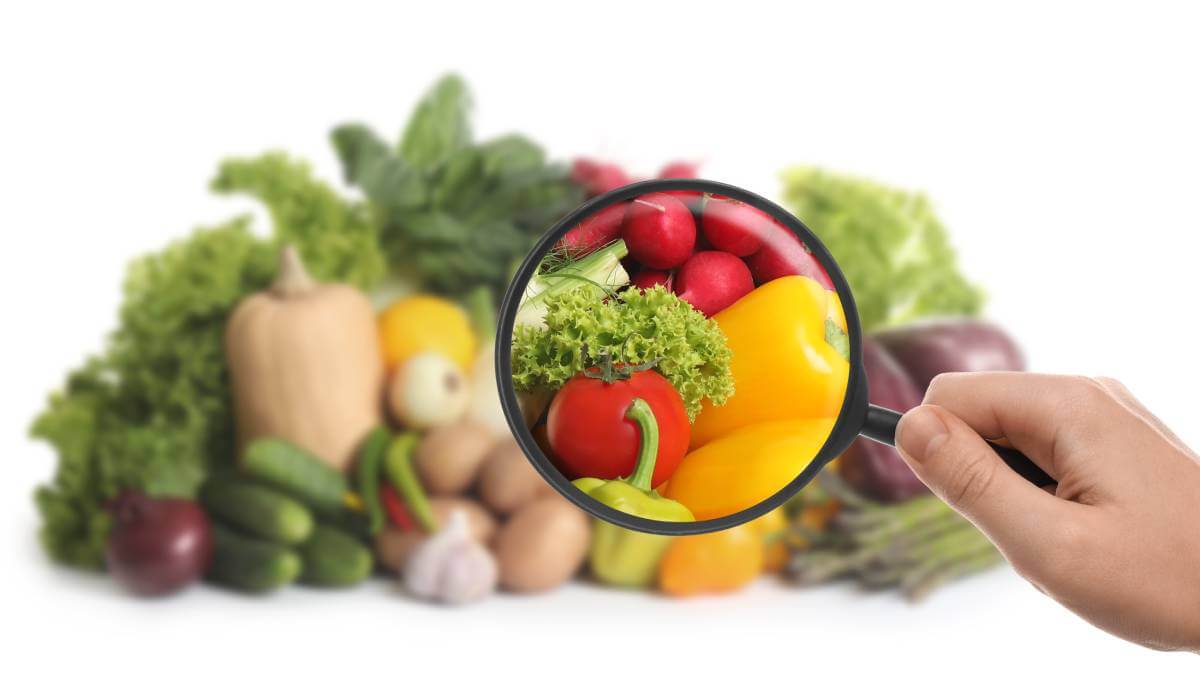There are hidden dangers in our food. And it’s not just eating too much of it. Many everyday foods can do you serious harm.
Here are some of the worst offenders.
Rhubarb
This tends to be a love-it or hate-it food. You don’t see it much these days, but it’s usually cooked into desserts using a pile of sugar because it’s so tart. But that’s not the bad bit – that would be the leaves, which are high in oxalic acid which is linked to the risk of developing kidney stones. However, since it’s hard enough to get the stalks to be tasty, I am unaware of anyone eating the leaves.
Red kidney beans
These are a pantry staple, but always make sure they are properly prepared. In their uncooked form, they contain a lot of phytohaemagglutinin, which is as nasty as it sounds. Phytohaemagglutinin can damage the gut wall and it may prevent it from absorbing nutrients properly. Symptoms of phytohaemagglutinin poisoning include diarrhoea, abdominal pain, vomiting and headaches. One study carried out on rats found it also increased the gut bacterial load.
To prepare raw kidney beans, soak them overnight, throw away the soaking water, rinse them well and then cook them in water, without salt for about 45 minutes. Now you’re good to go. Buying the tinned stuff avoids all this hassle.
Cherry pits
Who eats them? Well, nobody does it on purpose, but don’t try to start because they contain a lot of prussic acid, otherwise known as cyanide. However, don’t panic if you do swallow one whole, they will simply pass through your system.
Apple seeds
These seeds contain amygdalin, a substance that releases cyanide into the bloodstream, but in such small doses it’s highly unlikely to affect your health. It would be difficult to die death-by-apple as it is estimated you would need between 150 to several thousand seeds – depending on the variety – to be at risk of poisoning.
Elderberries
These berries aren’t much of a thing in the southern hemisphere. They are generally sold as a natural remedy for colds, flu and constipation, but eating any unripe part of the plant could make you feel worse.
Elderberry leaves, twigs and seeds contain potentially fatal levels of cyanide-producing glycoside. If the berries are fully ripe or strained when they are processed, they can cause nausea, vomiting and severe diarrhoea. Just a cup of improperly prepared elderberry juice could cause serious illness.
Nutmeg
Nutmeg’s distinctive, powerful smell means it only needs to be used in tiny quantities and that’s just as well as in larger doses it can cause hallucinations.
But before you think about experimenting one quiet Saturday afternoon with your jar of nutmeg, too much of the poison it contains, myristicin, can also cause organ failure. And it doesn’t take much, as little as two teaspoons of nutmeg can be toxic.
Potatoes
Green potatoes, we’ve all done it – we just keep peeling until there is no more green. Well, stop doing that because that green tinge is an indication the potato may have developed a substance called glycoalkaloid. Eat enough of those green spuds and the glycoalkaloid content can cause nausea, diarrhoea, confusion and headaches.
The Food Safety Authority of Ireland, and you would expect them know their potatoes, does say it’s safe to cut out the green bits, but if the potato still tastes bitter, bin it.
Mangoes
Pretty much every part of a mango can cause an allergic reaction except for the flesh. Contact with the bark, leaves, roots, sap and skin can result in dermatitis including rash, swelling, itching and blistering.
This makes sense when you find out mangoes are in the same family as poison ivy.
The culprit is an oil called urushiol, and it’s also found in cashews and pistachios.
Weirdly, it’s also found in the Japanese lacquer tree. So if you have developed a rash handling a beautiful piece of Japanese lacquer ware, you know now what’s to blame.
If you are worried about a reaction, always peel the fruit using gloves.
Did you know about any of these dangers? Why not share your thoughts in the comments section below?
Also read: Can food ‘sequencing’ really help boost your health?

